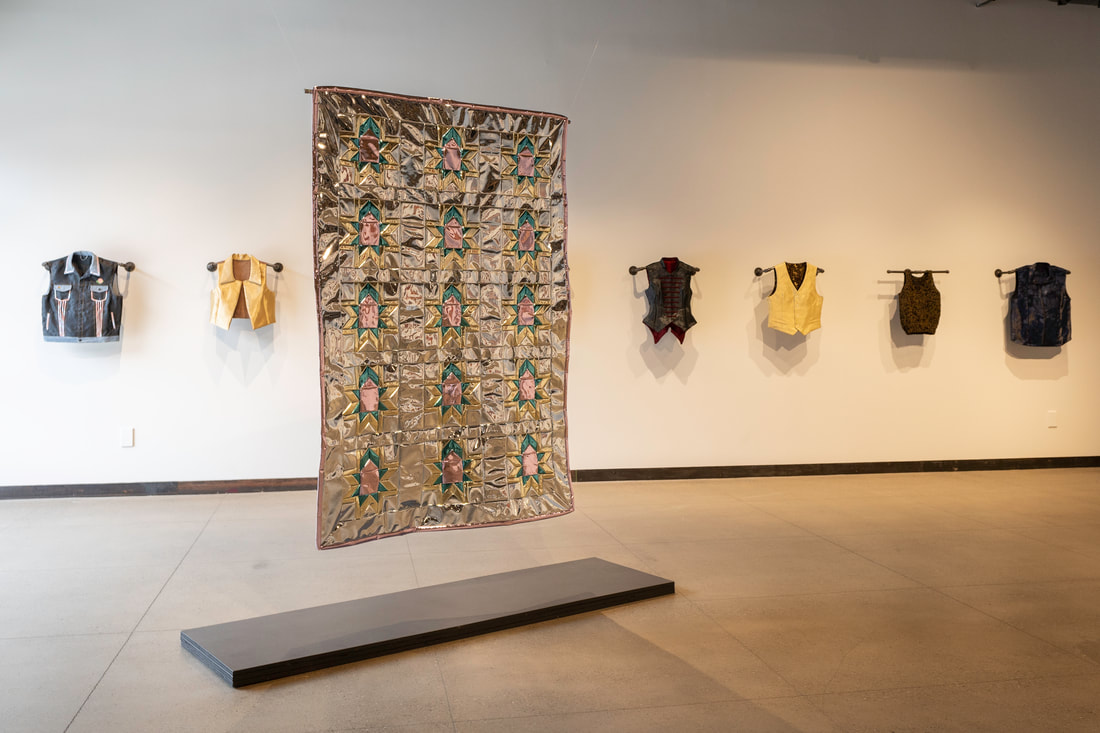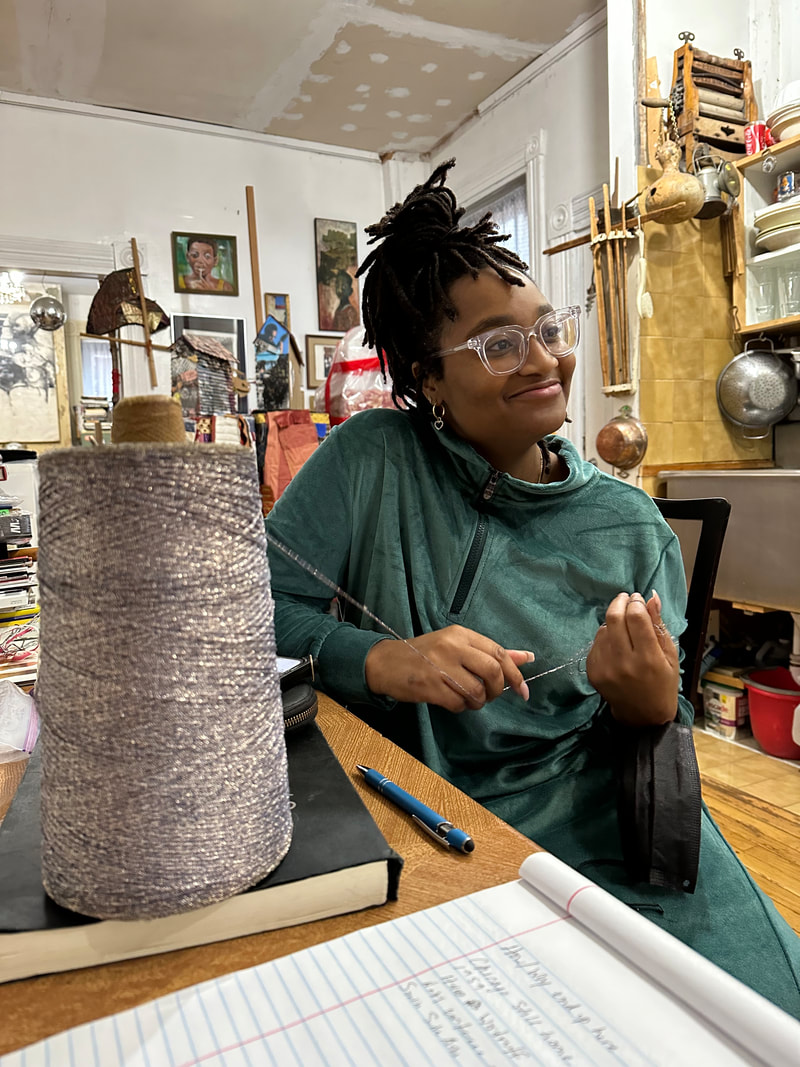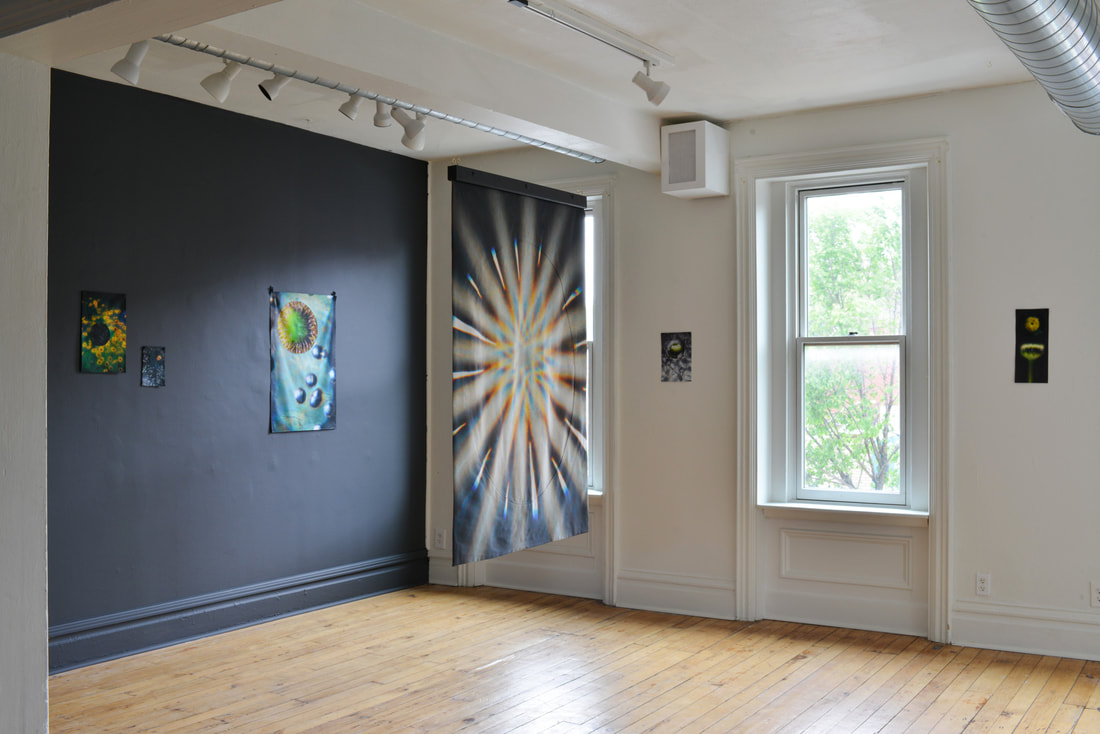By Bowen Schmitt
Edited by Anna Mirzayan
Original Publish Date: 7/21/2021
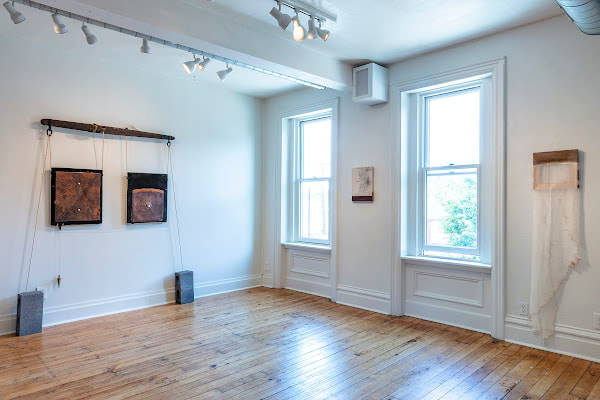
The views and opinions expressed in this article are solely those of the author. They do not reflect the opinions or views of Bunker Projects or its members.Automatic Reliquary (2021), a show at Bunker Projects by Pittsburgh artist Justin Dumas, finds its location somewhere in between everyday mundane objects and the coveted heirlooms passed down through generations. Intersections between experience, memory, and faith become moments of reflection utilized to better understand our surroundings. Through Dumas’ exploration of material, art becomes artifact and precious moments of the past are encapsulated by time and labor.
Transformation arrives in many forms, solicited by the world that envelopes us. What is left behind from these migrations becomes its own capsule of information, heavy sediment containing biomes of life waiting to be discovered. Through collection, curation and arrangement, Dumas attempts to make sense of these artifacts, clenching a fading moment to preserve its life for a few months, years, generations. The ‘painting-shaped’ objects transcend beyond image, like a word escaping definition. Moreover, like tongues, this language is not for just anyone but specifically for you, the viewer. Communicating through deliberate uses of construction, destruction, tethering, mending and adhesion, Dumas creates a dialogue through these works, his coveted relics.
Upon entry, the show is stoic, quiet and humble. The work seems to breathe, as the paintings come alive and the spirit of the objects are awakened. The use of household items such as cotton, silk, sewing thread and nails remind the viewer of a shared past we have forgotten. While objects that are recognizable evoke familiarity, it is as though you are viewing them for the first time. Dumas invites a conversation, or rather a narrative, that allows the objects to be interpreted and more easily understood. Patient observation leads the viewer to the craftsmanship of Dumas’ work; the hand-stitched needle and thread, the preserved rust, the glossy fish glue in flux with the matte wax. Through meticulous placement and intention, the visual aesthetic invites viewership while the curation and use of material forfeits itself to contemplation: where do we exist beyond materiality, what kind of future will we remember?
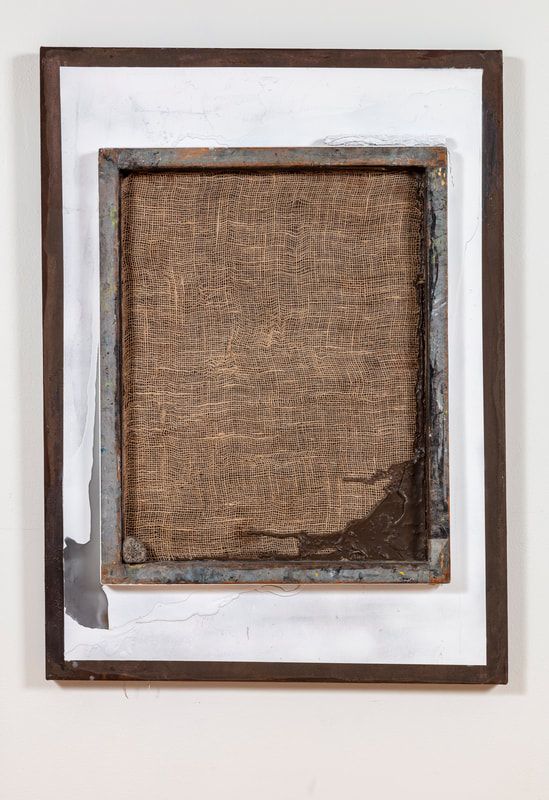
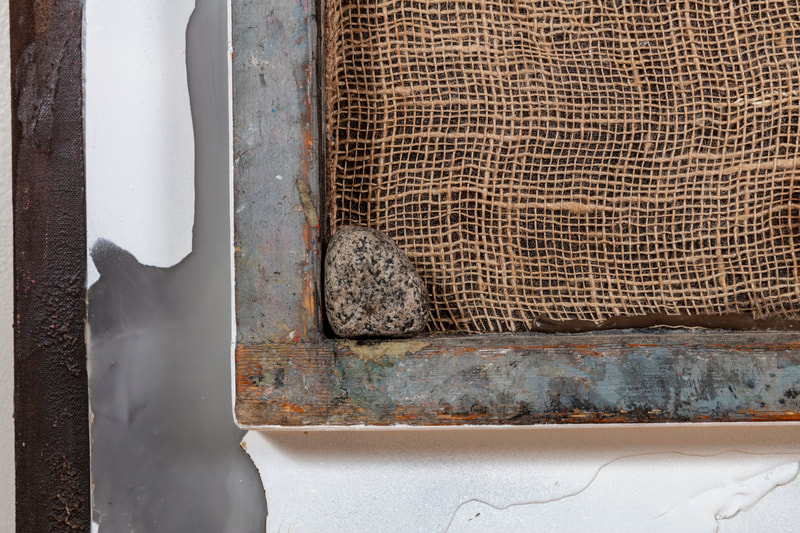
| Volume/Void, 2021 |
Dumas’ work transcends everyday materiality: fabric transforms into veils, wood into ethereal landscapes, stains and spills into fragmented moments of reflection… In Volume/Void (2021), Dumas stacks images on top of one another, utilizing darks and lights to create a multi-dimensional experience within a frame. This work pays homage to painting in the classical sense while pushing the limits of space and depth. A river stone sits in the bottom left corner of the frame, grounding the work with an almost tangible object, as if it was placed there by the viewer. This foreground gives way to a burlap backdrop that is read as a pattern, or grid, fabricating an altar that surrounds the object. Similarly, this conceptual tension is reflected in works like Liminal-001 (2021), where the artist uses a semi-transparent silk veil draped over a wooden stretcher frame. Like a dissected cadaver, it questions the space that exists between the internal and external, the void that lives in the hollow space between materiality and spirituality, or, the soul. Feedback Loop 30/40_21_1.1 (2021) becomes the access point for this concept, displaying two gas cans from different eras intertwined as if to never become full and never empty. The void that exists inside these cans is unknown to the viewer, though one can almost smell the grease and gasoline that once inhabited them. Similar to the human experience, this dirt and grit will never dissipate, but matters more because of the function and purpose. Through its allusion to blue collar labor, Feedback Loop (2021) becomes the fuel of the American industrial dream. With lineage in both tradition and belief, the artist utilizes visual tools to foster a story of hardship and triumph, rebelling against the repetition of history by sharing a different experience, the one not taught in history books.
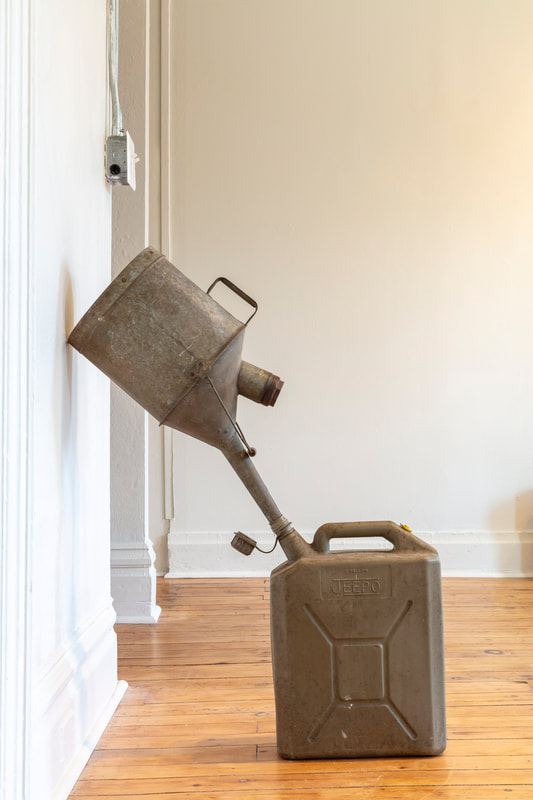
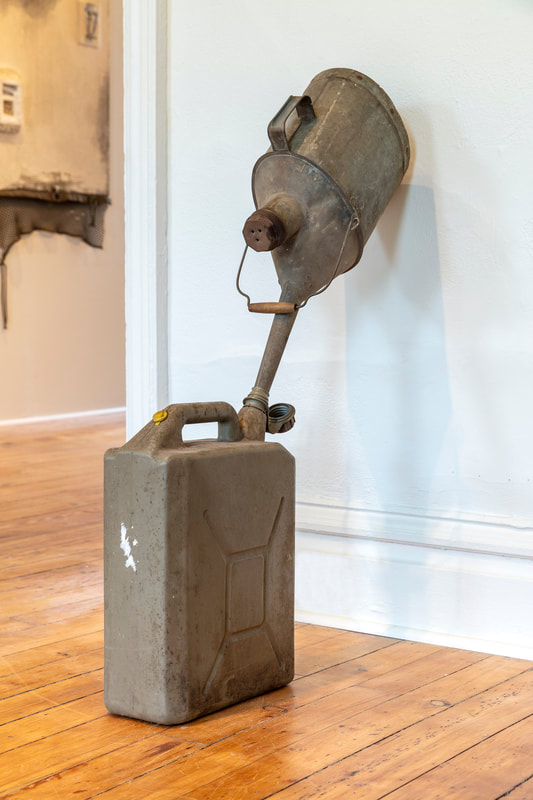
| Feedback Loop 30/40_21_1.1 |
Considering the show’s title, it is apparent that these meticulously sewn, stitched, hemmed and altered works are coveted and kept safe in a similar way one holds onto their family rosary as a memorial keepsake. The show takes on a bodily existence, draping itself in cloth and garment, details of deliberately placed nails and staples become the jewelry and broaches that hold the works together. The weathered skin and tattered moments of the show wear themselves proudly, as though attending a Sunday service in one’s nicest pair of work boots and jacket. From the scuffed leather reflected in Sublunary Mechanism (2021) to the stains displayed in Synchronicity Aggregate 16.5/12_21_1.1 (2021), the work echoes ‘this is my purpose, this is where I belong, I share with you my humble experience in hopes of understanding the greater truth that exists beyond me.’ Where do we find ourselves in the world of quick thrills and cheap production? How do we preserve the moments we cherish? The show suggests we must first grow to understand the nature of the materials that surround us. In the absence of this recognition, relics become obsolete. In a world of planned obsolescence, we must find truth through longevity and purpose.
The necessity of collaboration with external forces is apparent through the show; we cannot change our existence but better shape it as to tell our story, becoming the authors of our own history. Dumas, through his depiction of a forgotten past, challenges the viewers’ understanding of relics. Envelope yourself in the material, embrace the ‘dark soul of the night’ and question everything you see. Only then will we reach a point of understanding the true purpose of fabrication: for legacy.
